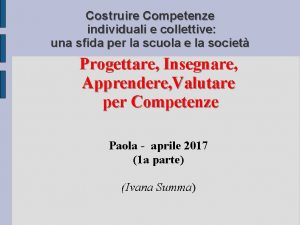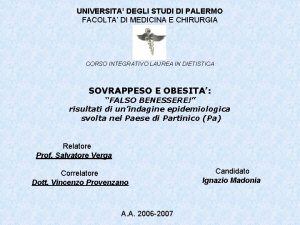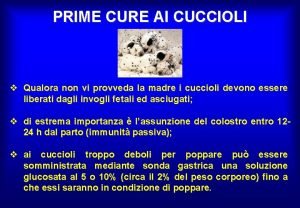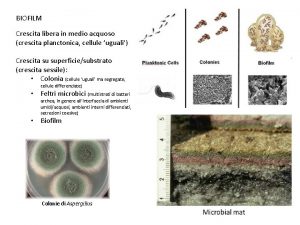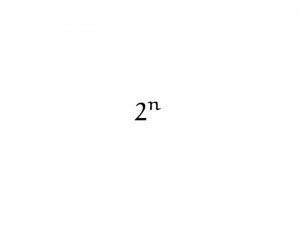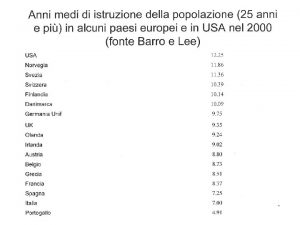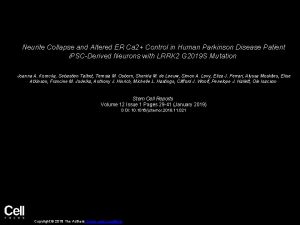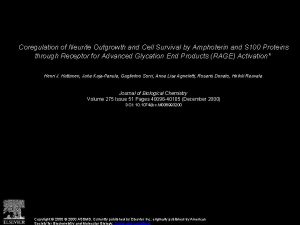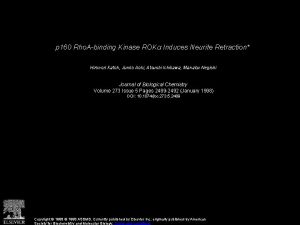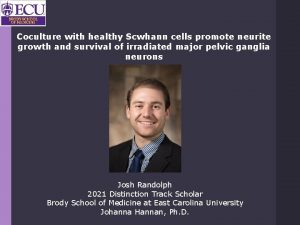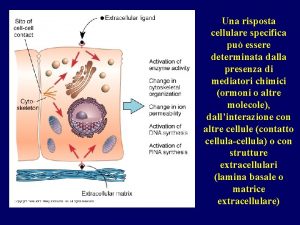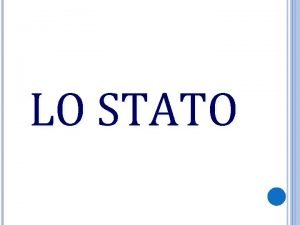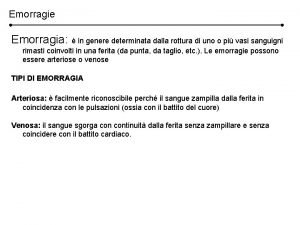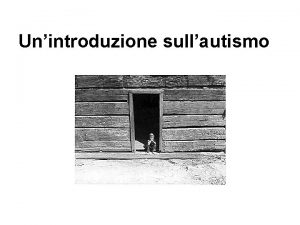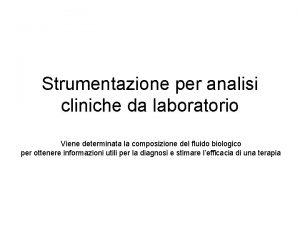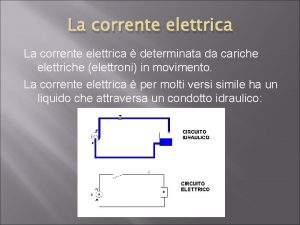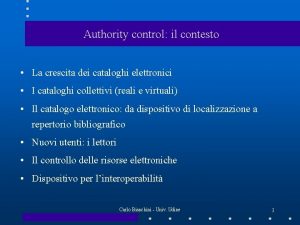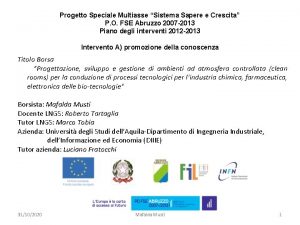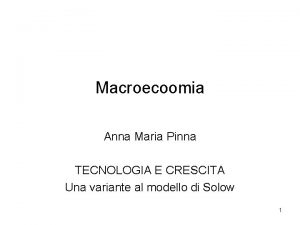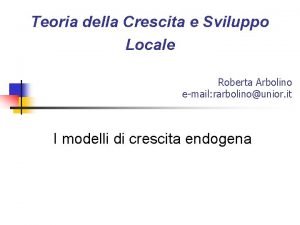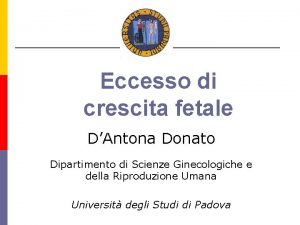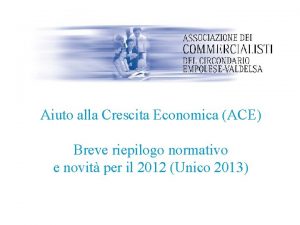5 umsec La crescita di un neurite determinata



































- Slides: 35







5 um/sec






La crescita di un neurite è determinata dall’apposizione di nuovi elementi citoscheletrici e di membrana La direzione di crescita dalla polimerizzazione/depolimerizzazione della actina del GC

Quali fattori inducono la direzione della crescita dei neuriti e quali determinano il loro fato

Arimura and Kaibuchi Nature Reviews Neuroscience 8, 194– 205 (March 2007) | doi: 10. 1038/nrn 2056

Arimura and Kaibuchi Nature Reviews Neuroscience 8, 194– 205 (March 2007) | doi: 10. 1038/nrn 2056




Rho GTPase signaling downstream of four axon guidance cue families, the semaphorins, ephrins, netrins, and slit proteins Govek E et al. Genes Dev. 2005; 19: 1 -49 © 2005 by Cold Spring Harbor Laboratory Press


Rho GTPase effectors implicated in actin and microtubule dynamics Govek E et al. Genes Dev. 2005; 19: 1 -49

Arimura and Kaibuchi Nature Reviews Neuroscience 8, 194– 205 (March 2007) | doi: 10. 1038/nrn 2056


Once neural cell fate is specified and neuron precursors have migrated to the appropriate regions, they extend polarized projections that become their axons and dendrites. The axonal processes can extend long distances, navigating complex cellular environments before reaching their postsynaptic partner. This guidance is mediated through the growth cone, a specialized sensing device at the tip of the outgrowing axon. Growth cones express a series of guidance receptors that are capable of sensing a variety of long-range (diffusible) and short-range (surface-bound) guidance cues. These guidance cues, which can be attractive or repulsive, are secreted by guidepost cells and intermediate targets. The spatial and temporal presence of the guidance cues, combined with the expression of the receptors in the growth cone, enables the axon to navigate through the labyrinth that is the developing nervous system to reach its target. Upon reaching and contacting its target, the axon transforms into a presynaptic specialization capable of transducing synaptic signals to the postsynaptic target.





Neuromuscular synaptic function depends critically on the precise spatial apposition of presynaptic motor neuron acetylcholine release sites with high-density clusters of acetylcholine receptors (ACh. Rs) in the postsynaptic muscle fiber membrane. During neuromuscular synaptogenesis, ACh. Rs are clustered before innervation, prepatterning a central muscle region where synapses will later be established. Motor neuron signals refine the muscle prepattern by clustering ACh. Rs beneath terminals and dispersing uninnervated clusters so that ACh. Rs become localized to, and are stably maintained at, nascent synapses. Over the last 15 years, work from a number of groups has uncovered the basic signaling mechanisms that underlie these events. Musclespecific kinase (Mu. SK), a receptor tyrosine kinase expressed by postsynaptic muscle fibers, is essential for the formation of aneural, prepatterned ACh. R clusters as well as for the formation and maintenance of later, innervated ACh. R clusters. The presynaptically released proteoglycan agrin is now more fully understood to be important as an anti-declustering, ACh. R cluster maintenance factor. A role for the neurotransmitter ACh as a cluster dispersion factor for noninnervated ACh. R clusters has also recently come to be appreciated.





Arimura and Kaibuchi Nature Reviews Neuroscience 8, 194– 205 (March 2007) | doi: 10. 1038/nrn 2056

